 |
|||
 |
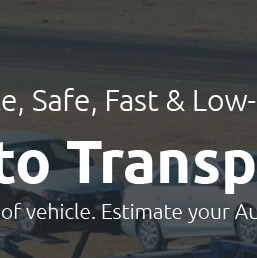 |
 |
|---|---|---|
 |
 |
|
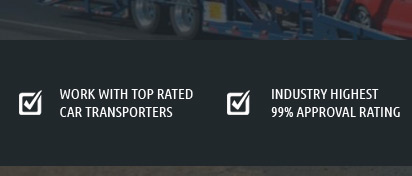 |
 |
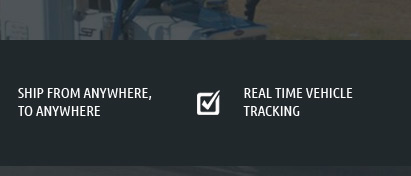 |
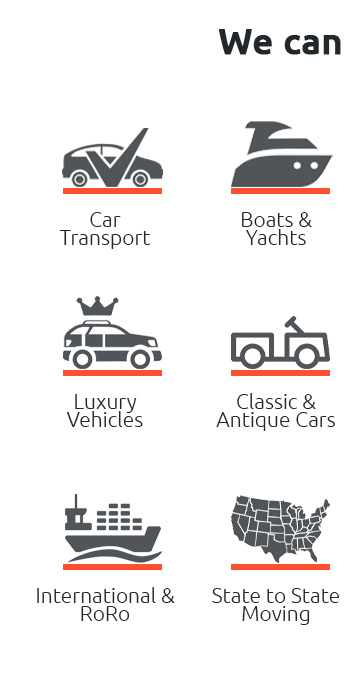 |
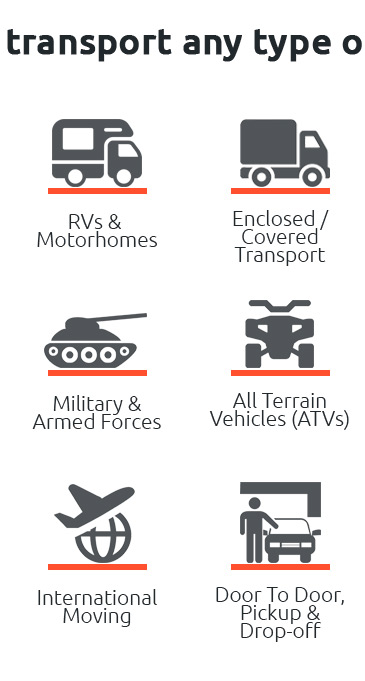 |
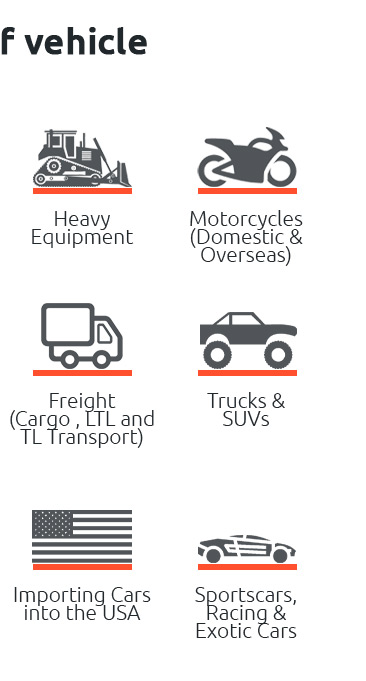 |
|---|
 |
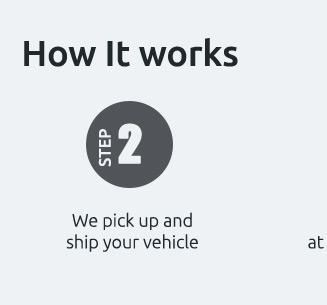 |
 |
|---|---|---|
 |
||
 |
 |
|---|---|
agricultural machinery transport made straightforward and safeWhat it involvesMoving tractors, combines, sprayers, and attachments isn’t just hauling; it’s coordination. Effective agricultural machinery transport calls for accurate measurements, route surveys for bridges and weight limits, permits for oversize loads, and the right trailer-often a low-loader or step deck. Crews inspect tie-down points, drain fluids as required, and plan for biosecurity washdowns when crossing regions. Key considerationsSafety and complianceOperators verify width, height, axle weights, and overhang, then secure with rated chains and edge protectors. Escort vehicles, pilot signage, lights, and red flags keep the move visible. Weather windows matter; wind can turn a tall combine into a sail. Timing and costPrices hinge on distance, permits, and urgency. Harvest peaks book carriers fast, so schedule early. Consolidating implements on one trailer can reduce charges without cutting corners. Common questions
|
|---|